These implants were placed in the sub-glandular condition, which has a higher incidence of capsular contracture. I performed a change of plane and placed him in a partial submuscular position and supported the lower pole with GalaFLEX scaffold (P4HB).
Breast Revision Case: Before and After
What is Kybella
What is Bruxism?
What is Breast Augmentation?
GalaFLEX Surgical Scaffold for Plastic or Reconstructive Surgery
Facial Rejuvenation
Why Face-Aging Selfie Apps Encourage Healthy Skin Behaviors in Teens
You need some sun exposure. We all do. When your skin is exposed to the sun, your body is able to make Vitamin D, which in turn helps with calcium absorption for stronger and healthier bones. But it only takes a short amount of time in the sun to make the Vitamin D you need, and too much exposure can be dangerous. In fact, excessive unprotected exposure to the sun’s ultraviolet (UV) rays can cause skin damage, immune system suppression, eye damage and skin cancer.
Sun exposure and skin cancer
Skin cancer is the most common cancer in the United States. One in five Americans will develop skin cancer before reaching 70 years of age. According to the Skin Cancer Foundation, every year almost 7,000 people die of melanoma, the most severe form of skin cancer. Up to 90-percent of melanomas are related to UV exposure–specifically with severe sunburns–and are therefore highly preventable. Fortunately, daily sunscreen use is effective in preventing sunburns and skin cancer.
Low sunscreen use among teens
 A lot of unprotected overexposure to the sun occurs during childhood and teenage years. Because skin cancer is associated with cumulative UV exposure and sunburns early in life, the lack of protective behavior among teens is a major contributing factor to the cancer. For many teens, skin tanning is perceived as attractive and future problems such as skin atrophy and melanoma are seen as quite far away, encouraging unhealthy sunbathing behavior. Tanning damages skin cells, speeds up visible signs of aging and may lead to skin cancer, even in people in their twenties.
A lot of unprotected overexposure to the sun occurs during childhood and teenage years. Because skin cancer is associated with cumulative UV exposure and sunburns early in life, the lack of protective behavior among teens is a major contributing factor to the cancer. For many teens, skin tanning is perceived as attractive and future problems such as skin atrophy and melanoma are seen as quite far away, encouraging unhealthy sunbathing behavior. Tanning damages skin cells, speeds up visible signs of aging and may lead to skin cancer, even in people in their twenties.
Using a broad-spectrum sunscreen with an SPF of at least 30 can protect the skin against both UVA and UVB rays. Those who learn to apply generous amounts of sunscreen on their skin every day can prevent skin cancer. Sadly, only about 15% of teens apply sunscreen regularly, just roughly 26% perform skin self-exams, and more than 19% use artificial tanning products. Promoting sunscreen use among children and teens while discouraging risky behaviors is therefore an effective approach to preventing skin cancer.
Face-aging app as an appearance-based intervention
Studies with adolescents and young adults indicate that appearance-based interventions are more effective than classic health education approaches in encouraging regular sunscreen use and healthy skin behaviors. Among teens, self-perceived attractiveness has a strong influence on self-esteem and is the primary motivation for tanning. This is why appearance-based interventions are ideal for promoting positive skin behaviors among the young. In fact, appearance-based face-aging interventions have already provided better outcomes for young people in other areas, such as tobacco use prevention.
One such appearance-based intervention is the face-aging app. With these apps, teens are able to witness ultraviolet (UV) radiation-induced facial aging firsthand. Face-aging apps show the effects of UV on the skin in general and on skin cancer development in particular, thus creating photo-aged selfies with sagging skin, spots, wrinkle formation, and malignant skin lesions.
The apps work by having the users take front-facing close-up pictures of their faces and then selecting skin tones from graded options. Users can then see simulated images of how they would look after being aged 5, 10, 15, 20 or 25 years into the future based on skin type. The users are also able to see how the images would differ if they used or did not use sun protection or underwent weekly tanning.
The simulated images give users varying degrees of wrinkles, spots, discoloration, loss of volume, age, as well as showing pre-cancerous and cancerous spots on the face. These face-aging apps include a feature that indicates how skin cancer risks increase with different skin practices and while providing useful information about sun protection.
Great results with face-aging apps
Snapping selfies (self-taken photos) and using filters to modify them is a popular teen activity. App-based interventions engage teens with familiar technology and show them how their faces can age due to excessive exposure to ultraviolet light from the sun or from tanning beds.
And while UV photography can be effective in monitoring sun damage, it is very expensive. This makes a free mobile face-aging app—available in Google Play, Apple’s App Store or other platforms—a cost-effective alternative and a fun intervention for skin-protection strategies.
Face-aging apps have been proven effective in changing habits to reduce UV exposure in children and adolescents. According to a JAMA Dermatology study conducted by a multinational team of researchers to assess the potential benefits of apps as educational tools (among nearly 1,600 students in grades 9 through 12 in southeastern Brazil) the results were remarkable. For example, students shown how to use a freely available mobile face-aging app had a daily use of sunscreen increase from 15% to 23%.
The study also demonstrated that overall use of sunscreen increased by roughly 50% among teens who used the app. It helped to achieve almost double the percentage of teens who performed at least one skin self-exam, while also reducing youth engagement in other risky skin behaviors.
Working with a plastic surgeon
A plastic surgeon can help you and your loved ones improve your skin care routine and prevent skin problems. Plastic surgeons such as Dr. Effie Politis are increasingly integrating new technologies in their practice to boost positive outcomes. Tools such as face-aging apps are being embraced by physicians to educate patients about sun exposure, preventing skin problems and reducing the risk of skin cancer.
If you have questions about your skin, skin care and encouraging healthy skin behavior, speak with Dr. Effie Politis for expert guidance. For more information on plastic surgery and appearance enhancing services, visit the Politis Plastic Surgery website.
References:
- Monaco K. (Medpage Today, May 7 2020). Face-Aging Selfies Help Modify Risky Skin Behaviors for Teens. Retrieved from https://www.medpagetoday.com/dermatology/skincancer/86374
What is Eyelid Surgery
What You Need To Know About Breast Augmentation
Do you find your breasts too small or have one that is smaller than the other? Would you like to reduce the size of your breasts after pregnancy? Do you want to correct uneven breasts after breast surgery for other conditions and to improve your self-confidence?
If so, then breast augmentation is a perfect procedure for you.
Also called augmentation mammoplasty, breast augmentation is a surgical procedure to increase the size, shape or fullness of the breasts. During the procedure, the surgeon makes an incision and places a silicone, saline or alternative composite breast implant under breast tissue or chest muscles. Fat from another part of the body may also be used—a procedure called fat transfer breast augmentation.
What are breast implants made of?
A breast implant is a medical prosthesis placed inside the breast to create, reconstruct or augment the physical form of the breast. There are three main types of breast implants used in breast augmentation.
1. Saline implants
These are implants filled with sterile saline solution. The salt solution is contained within an elastomer silicone shell. The amount of saline that your surgeon will allow in the elastomer depends on the goals of the surgery, including the firmness, shape or size to be achieved. If the saline implant leaks, the salt solution is absorbed and expelled naturally by your body.
2. Silicone gel-filled implants
These are implants made of a silicone outer shell and filled inside with a silicone gel. Again, the amount of silicone gel added into the silicone shell depends on the shape, size or firmness of breasts to be achieved. If a silicone-filled implant leaks, the gel either stays in the shell or escapes into the breast implant pocket. Since leaking silicone-filled implants may or may not collapse, you will need more regular checks with your doctor for this implant than if you choose saline-filled implants.
3. Alternative composite implants
 Breast implants may also be filled with soy oil, polypropylene or other material. When choosing an alternative composite material, your plastic surgeon will consider whether you have adverse reactions or allergy to any of these materials. In the end, the material chosen should not cause problems if it leaks into your body.
Breast implants may also be filled with soy oil, polypropylene or other material. When choosing an alternative composite material, your plastic surgeon will consider whether you have adverse reactions or allergy to any of these materials. In the end, the material chosen should not cause problems if it leaks into your body.
What can breast augmentation do for you?
- Increase the fullness and projection of your breasts
- Improve the balance of your breasts and your hip contours
- Enlarge breasts that are naturally smaller
- Restore breast shape and size after weight loss, pregnancy or breastfeeding
- Restore your breast symmetry when your breasts are asymmetrical
- Reconstruct your breast(s) after mastectomy, injury or various conditions
- Boost your self-image and self-confidence
When considering breast augmentation, you will first discuss your goals with your plastic surgeon. The goals should be realistic and informed by what the procedure can do. Your surgeon will also help you understand the possible risks, complications and follow-up care. A typical breast implant lasts 7-12 years on average.
Breast augmentation does not correct severely drooping breasts. Actually, drooping breasts require a different procedure called breast lifting. The breast lift can be performed along with breast augmentation to make your breasts both fuller and lifted, but it can also be a separate operation. Your plastic surgeon will guide you in making this decision.
How should you prepare for breast augmentation?
You will start by choosing a surgeon to help you with the procedure. A skilled and experienced plastic surgeon such as Dr. Effie Politis will offer good advice and perform the procedure with a higher chance of success. So if you are considering the operation, speak with your plastic surgeon about it and be specific about your preferences for breast size, feel and appearance. Once you choose to have breast augmentation surgery, your plastic surgeon will help you choose the size and shape of implant you need by putting different sized implants into your bra to see how they fit and feel.
The surgeon will describe the specific types of implants that may be used—textured or smooth, round or shaped like a teardrop, saline or silicone—together with options for surgical techniques. It is your responsibility to review information provided to patients by the manufacturer of the implant. You will also need to keep copies of this information for your records.
Before you undergo the procedure, consider the following:
- Breast implants do not last a lifetime; the average life span is 10 years.
- Breast implants do not prevent breasts from sagging; you may need a breast lift in addition to breast augmentation to deal with sagging.
- After breast augmentation, mammograms might be more complicated.
- While most women are able to breastfeed after the procedure, some find it a challenge.
- A routine MRI is necessary three years after a breast augmentation—though studies are yet to demonstrate the usefulness of the imaging.
- If you change your mind and opt to have breast implants removed, you will need a breast lift or other corrective surgery to restore the appearance of your breasts.
- Breast implants and the related surgeries and imaging tests are not covered by insurance.
Your plastic surgeon may recommend that you have a baseline mammogram before the surgery. If you are on certain medications, such as aspirin or other medications that increase bleeding, your doctor may adjust them. If you are a smoker, you will have to stop for a while before the procedure. Likewise, you should arrange for a friend or family member to drive you home after the surgery and even stay with you for a day.
What should you expect during the procedure?
This is a surgical procedure. A general anesthetic will be used so that you are asleep during the operation—though local anesthesia may also be used, which means you would be awake during the procedure.
There are three incision options your surgeon will consider.
- Incision in the crease under your breast (infra-mammary incision)
- Incision in the armpit (trans-axillary incision)
- Incision around the nipple (periareolar incision)
The choice of incision depends on the type of implant, surgeon-patient preference, your anatomy, and how much enlargement is involved.
After making the incision, your plastic surgeon will insert the implant into a pocket.
There are two ways of placing the implant.
- Sub-mammary (sub-glandular) placement behind the breast tissue, over the pectoral muscle.
- Sub-muscular placement under the pectoral muscle—recovery may take longer and there may be slightly more pain after the procedure.
To close the incisions, your plastic surgeon will apply layered sutures or stitches in your breast tissue. The stitches, surgical tape or skin adhesives will help to close the incisions and keep the skin closed. While the incision lines will be initially visible, they will fade in time. Swelling caused by the surgery will resolve within two weeks.
How long does recovery take?
Soon after the surgery, the anesthetic will wear off and your surgeon will provide medicine to relieve the pain. The sutures are made of absorbable or dissolvable material and will disappear within 6 weeks. But if your sutures do not dissolve or if drainage tubes are placed near your breasts, you will need a follow-up appointment to remove them.
Your surgeon will also provide information on how to care for your breasts after the procedure, how to take prescribed medication, when to schedule a follow-up visit and when to call your doctor for help. You will be advised to seek immediate medical help should you experience any sign of infection, such as chest pains, shortness of breath, unusual heart beats, fever, warmth or redness in the breast area.
Your doctor will also advise you on what type of brea to wear and post-operative exercises, such as moving and flexing the arms to relieve discomfort and pain. You should not engage in strenuous physical activity for the first 6 weeks after the surgery.
What are the risks and complications of breast augmentation?
Every surgical procedure has risks, including breast augmentation. Among patients who undergo breast reconstruction, 46% of those with silicone gel implants and 21% of those with saline implants typically require at least one additional surgery within 3 years. Likewise, 25% of women with silicone implants and 8% of those with saline implants change their mind and undergo surgery to remove the devices.
It is not uncommon for breast augmentation patients to have some kind of complication.
The common risks and complications include:
- Need for additional surgeries
- Breast pain or changes in nipple and breast sensation
- Infection, bleeding, fluid accumulation or leaking of the implant
- Systemic symptoms, commonly known as Breast Implant Illness (BII)
- Rupture (tears or holes in the shell) of saline-filled and silicone gel-filled implants. The rupture can be a deflation (with visible change to breast size of saline filled implants) or a silent rapture (without visible change to breast size of silicone filled implants).
- Capsular contracture, which is the hardening of the area around the implant and which can distort the shape of the implant by becoming red, thick and painful.
- Breast-Implant Associated-Anaplastic Large Cell Lymphoma (BIA-ALCL), a rare cancer of the immune system. The Food and Drug Administration (FDA) believes women with breast implants have a very low but possible risk of developing ALCL, though further research is still necessary to fully understand how breast implants are related to ALCL.
Breast augmentation is a great option for enhancing the size and shape of your breasts, improving your body image and boosting your self-confidence and self-esteem. At Politis Plastic Surgery, we offer the procedure to women who want to increase the fullness and projection of their breasts, enlarge small breasts, restore breast symmetry, reconstruct their breasts after mastectomy or injury, restore breast size and shape after breastfeeding, pregnancy or weight loss, and to boost their self-image and self-confidence.
If you are dissatisfied with the appearance of your breasts and considering breast augmentation, contact Dr. Effie Politis for a consultation. For more information on breast augmentation, visit the Politis Plastic Surgery website.
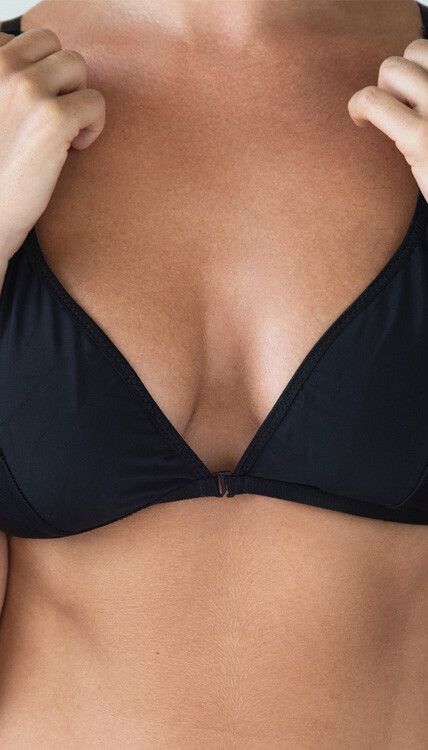
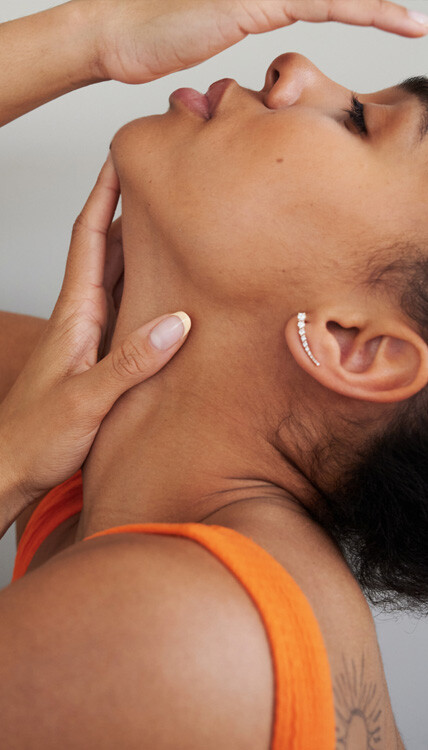
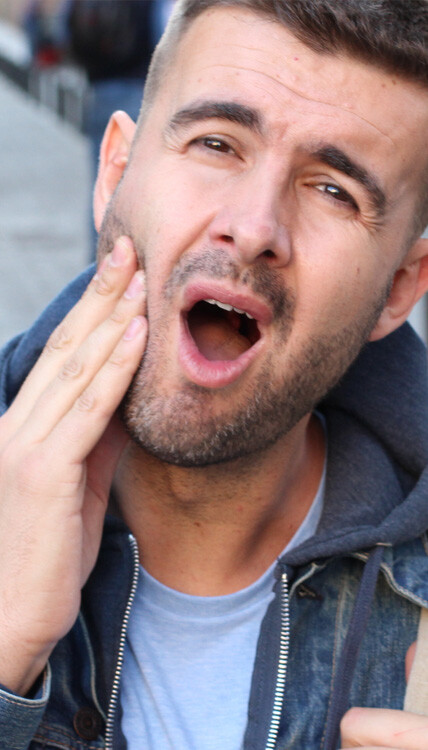
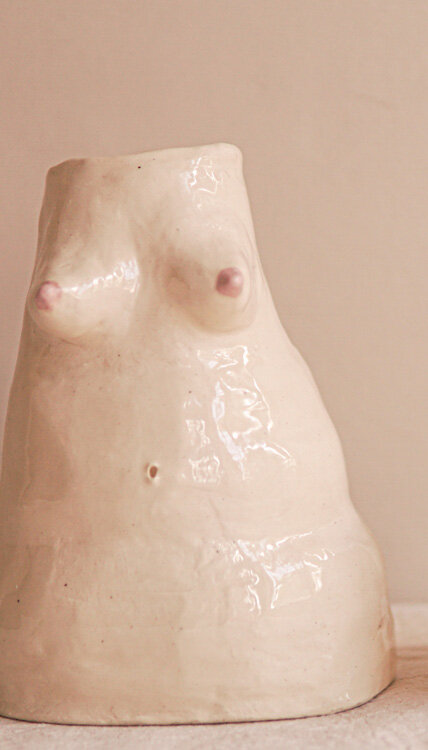
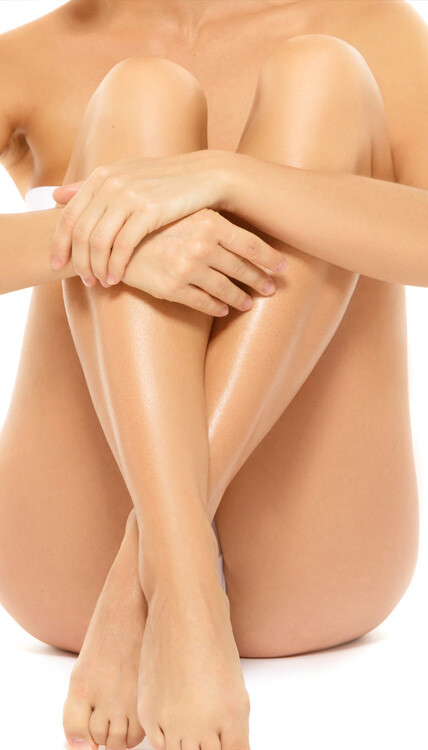
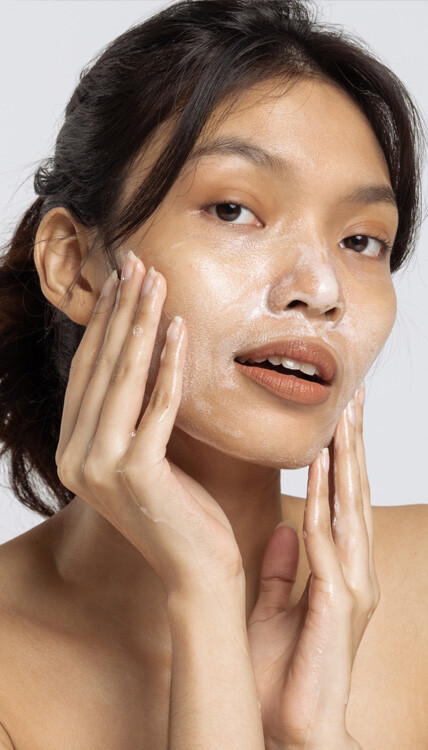
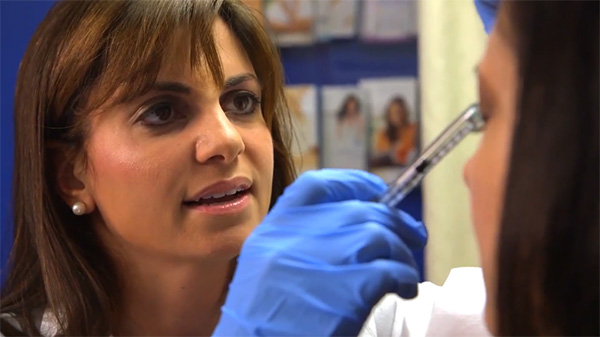

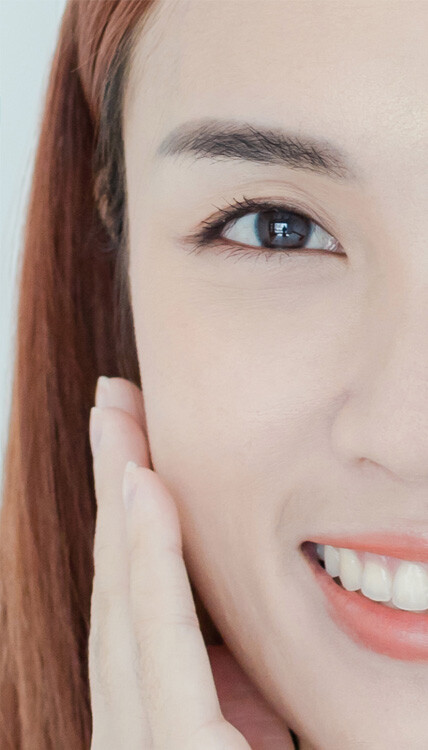
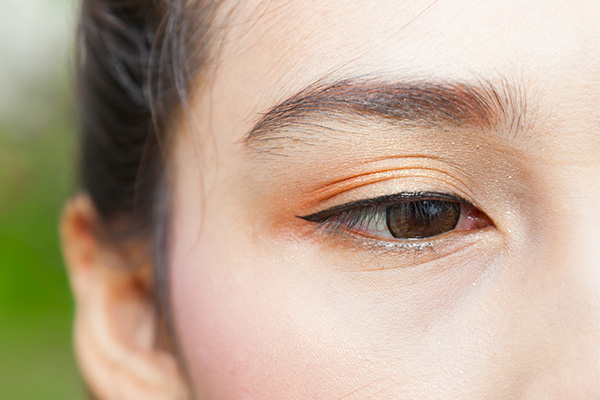 Blepharoplasty is generally well tolerated by patients. Successful operations done by an experienced plastic surgeon will enhance the appearance of the eye area, producing a more youthful and rested look. However, it is considered a major surgery, so you should think carefully about your specific expectations and goals.
Blepharoplasty is generally well tolerated by patients. Successful operations done by an experienced plastic surgeon will enhance the appearance of the eye area, producing a more youthful and rested look. However, it is considered a major surgery, so you should think carefully about your specific expectations and goals.
